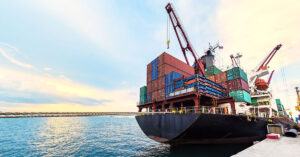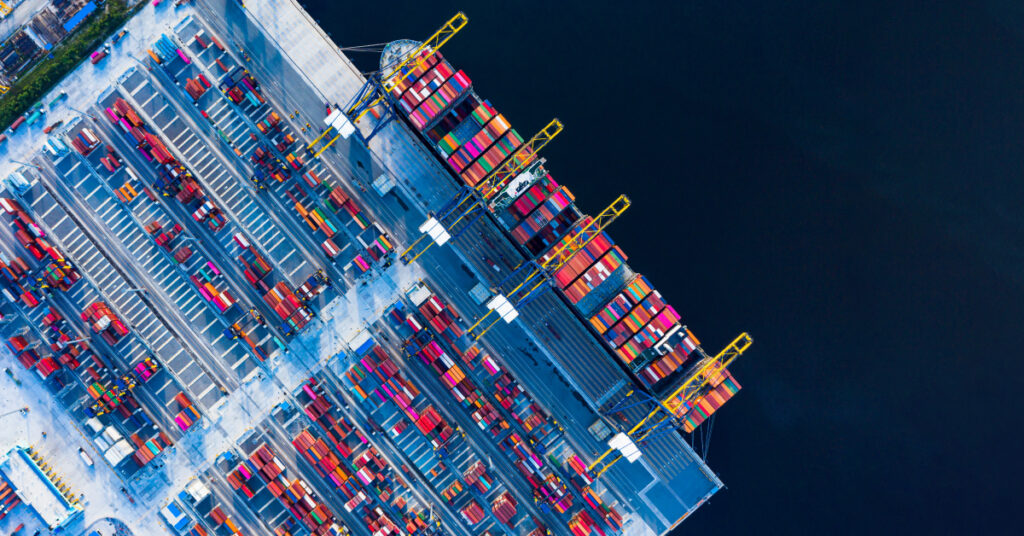With the US port congestion problems now migrating to the East Coast, shippers are coming up with creative ways to manage the current challenges and plan for a more resilient future.
After watching the West Coast ports overflowing with ships anchored out in the Pacific Ocean, waiting to come in and unload, it looks like at least some of that activity is now shifting over the East Coast. According to FreightWaves, there were 64 container ships waiting off of both East and Gulf Coast ports earlier this month.
“The number of liner services calling from Asia will surge to a new record high in the coming months,” the publication reports. “More cargo is diverting away from the Pacific gateway in Los Angeles/Long Beach, where the ship queue has fallen to 42.” It goes on to say that escalating vessel backlogs along the East Coast and a deterioration in service for importers could both be coming in the months ahead.
The proof is in the numbers: FreightWaves says February volumes at East/Gulf Coast ports rose 27.3% year on year compared to 5.9% growth for West Coast ports. This was the ninth straight month that East/Gulf Coast ports outpaced year-on-year growth of West Coast ports. Reasons for the shift include shippers’ electing to change routing decisions and the fact that East/Gulf Coast ports are in close proximity to a “great concentration of the US population,” FreightWaves explains.
Prime Hotspots
The prime congestion “hotspots” right now are in the US, China and Northern Europe. “Disruption to global logistics and supply chains remains widespread, with the Ukraine conflict and new Covid-19 lockdowns in shipping’s biggest market, China, contributing to further elevated levels of delay across the global maritime transportation system,” Hellenic Shipping News reports. “Port congestion remains a major contributor to elevated freight and strong market conditions in many shipping segments.”
On land, the continued pandemic impacts, driver shortages and vehicle shortages aren’t making things any easier for shippers right now, and are in fact contributing to the port congestion to create a “perfect storm” of challenges for them to work through. Some companies are using alternate ports and offloading cargo in ports in Mexico, for instance, and then trucking the goods into the US for distribution.
Other companies have turned to intermodal for shipments, deploying new driver recruitment strategies and utilizing technology to gain better supply chain visibility. Combined, these efforts are helping organizations and their carriers make some headway during this period of uncertainty.








